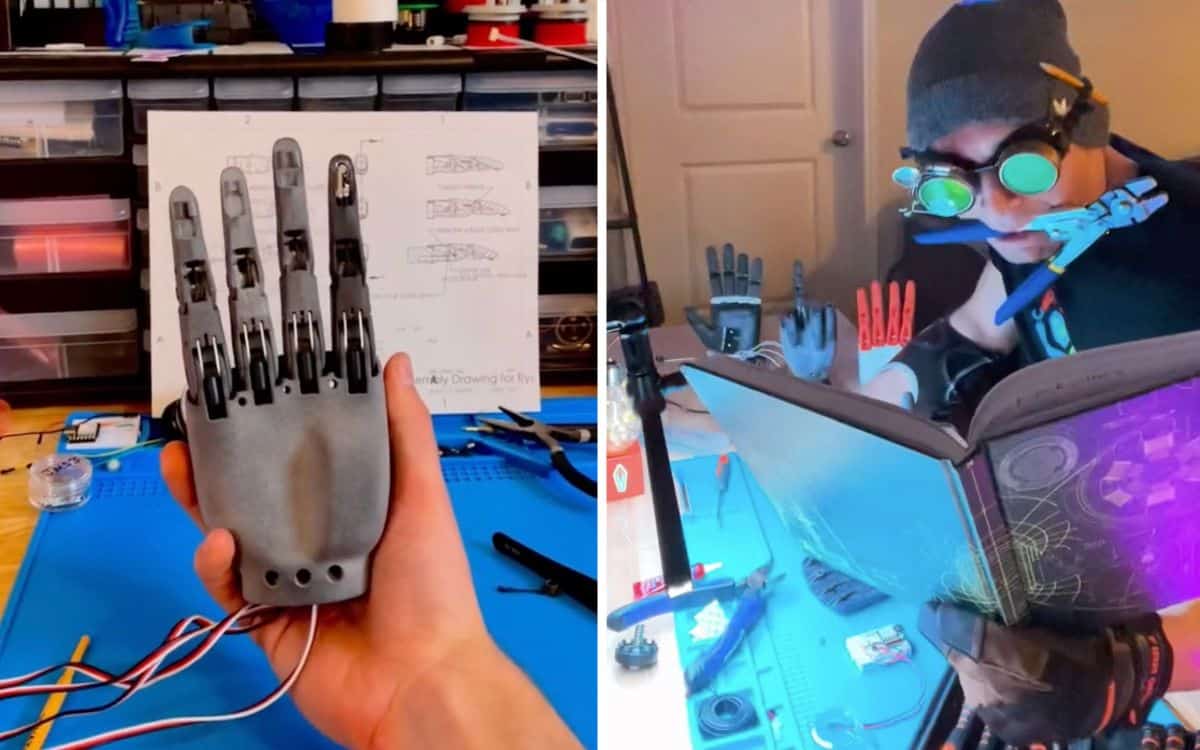College student builds functioning bionic arm for under $650
Published on Oct 19, 2022 at 3:45 PM (UTC+4)
by Fiona Connor
Last updated on Oct 19, 2022 at 3:45 PM (UTC+4)
Edited by
Kate Bain
A college student has designed and built a bionic arm using artificial intelligence (AI).
The brains behind the device, Ryan Saavedra, created the bionic arm for a college project.
But after finessing it for years, he now has big plans to make it accessible to amputees.

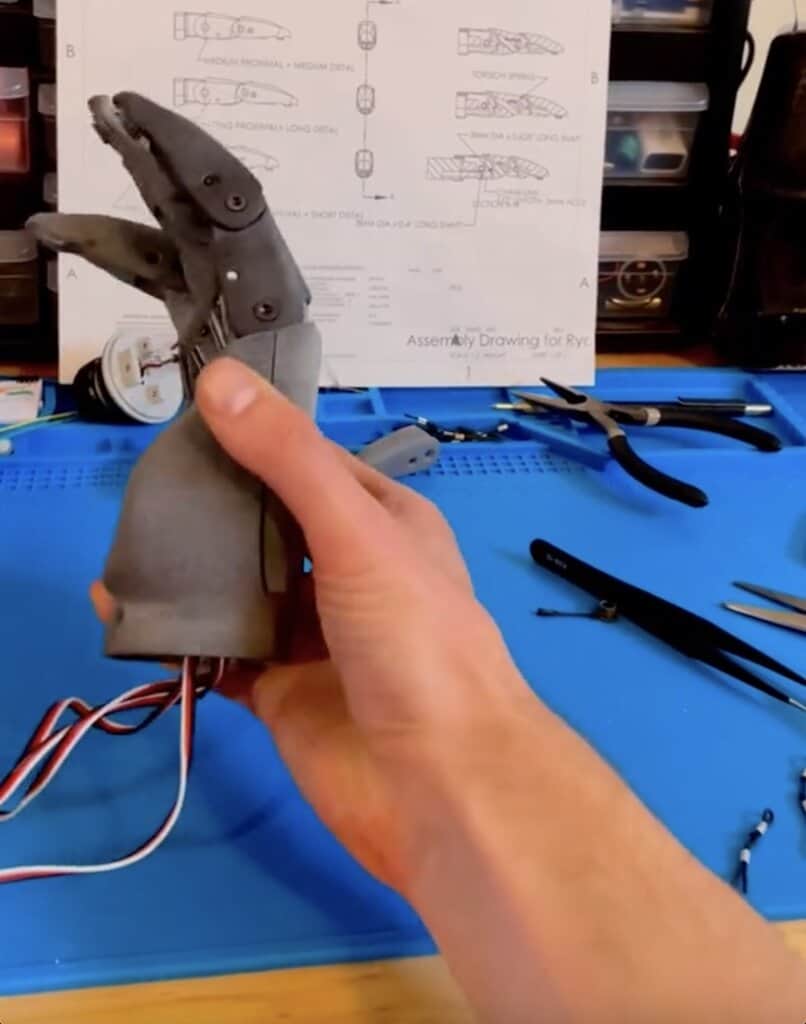
READ MORE! Bugatti launches new $2,500 carbon fiber smartwatch
The bionic arm can pick up and hold most household objects with precision.
It also has built-in visual feedback systems to tell the user if they’re squeezing too tightly or softly.
The arm is now incredibly advanced, especially considering where Saavedra started.
CHECK THIS OUT!
As an engineering undergrad in 2017, Saavedra started with cardboard, tape and yarn before discovering 3D-printing and mechanical engineering.
Just a couple of years later, and with the help of some classmates, Saavedra created a working bionic hand for less than $650.


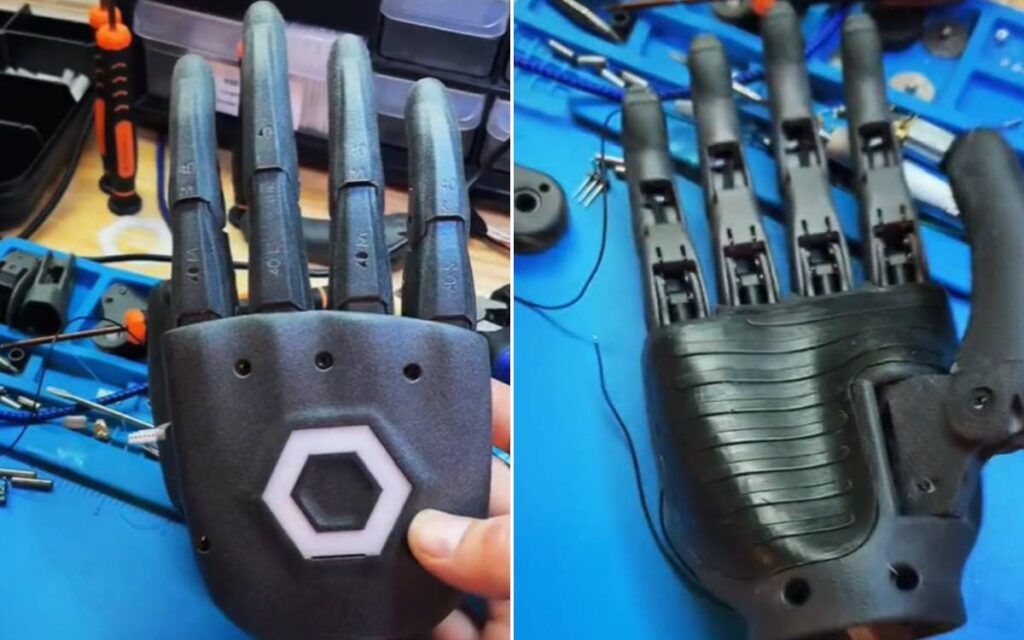
He had no idea then that he was in the early stages of building a company and commercialising a medical device.
A turning point came when he met army ranger Ryan Davis who had lost part of his arm.
Saavedra said this was when he realized just how important it was to make prosthetics more affordable.
“We want to challenge the exorbitant prices of current prostheses and show people that technology is now in a place where these advanced devices don’t need to cost tens of thousands of dollars,” he said.
In 2020, Saavedra launched his own startup, Alt-Bionics, and was on his way to getting his concept to market.
When he revealed his product on TikTok, it went viral, with the video garnering more than 18 million views.
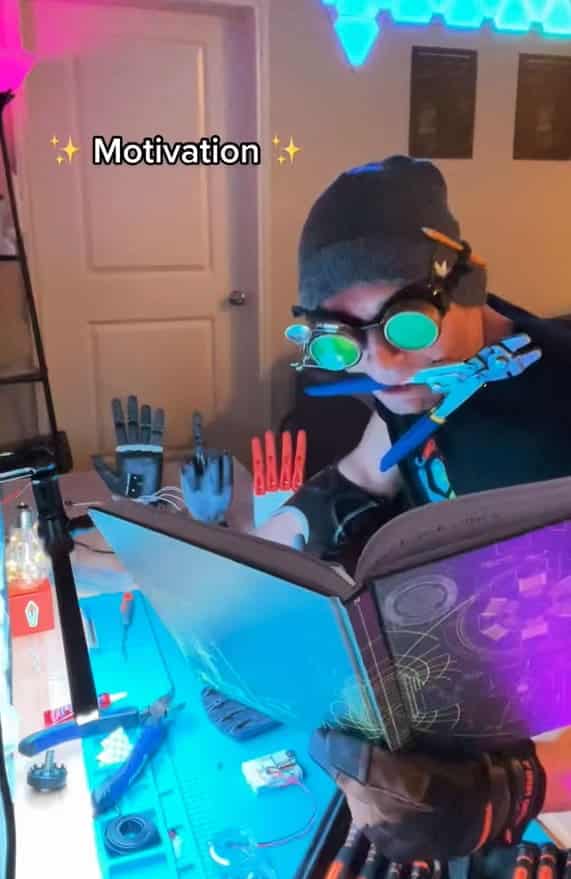
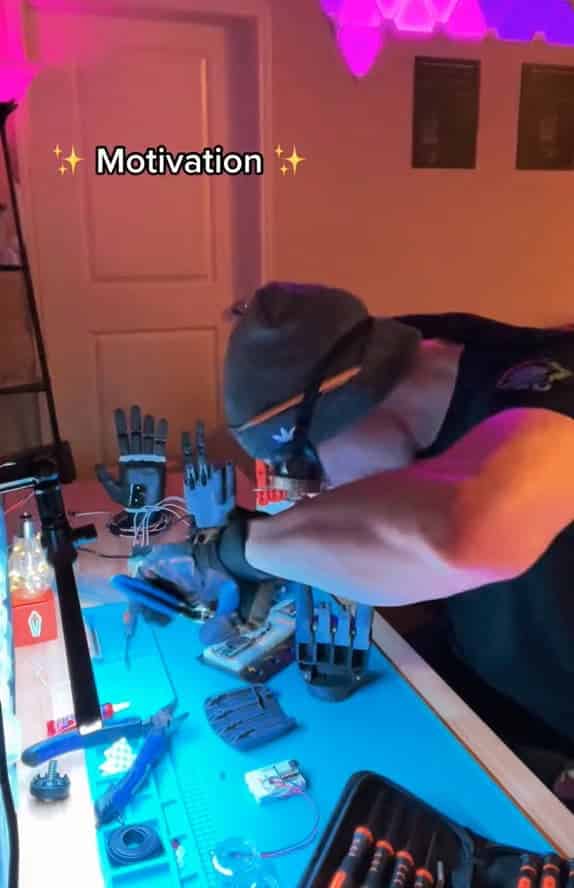
So how does it work?
The prosthetic, which Saavedra calls the Globally Available Robotic Arm (GARA), uses a method known as electromyography (EMG).
EMG is able to measure the electrical activity of muscle prompts to predict muscle movements.
When we decide to move a part of our bodies, an electrical signal is sent from the brain to the necessary muscle group.
These signals figure out the intended exercise the user is trying to carry out and this is then translated into movement.
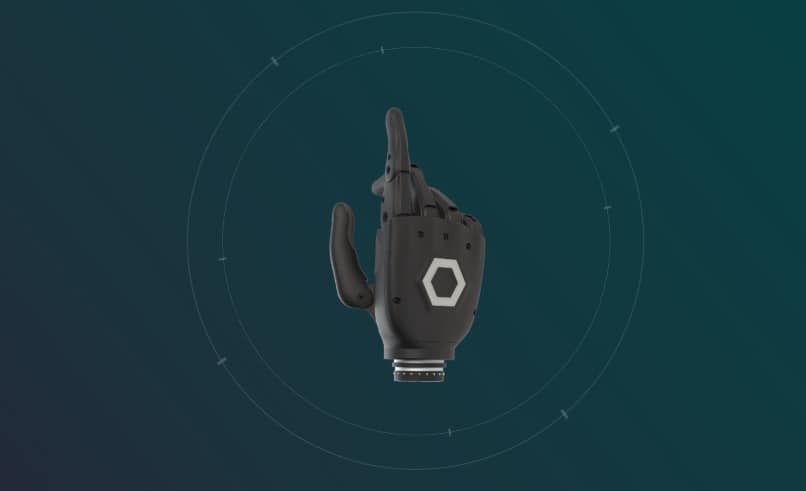
DISCOVER SBX CARS: The global premium car auction platform powered by Supercar Blondie
